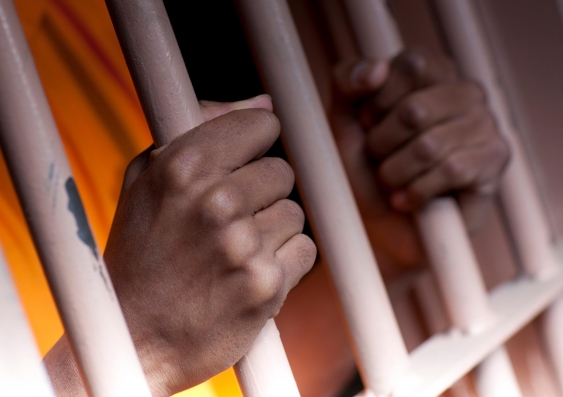The Harm Reduction International published the briefing The Harms of Incarceration: The evidence base and human rights framework for decarceration and harm reduction in prisons. It provides advocates with the evidence base and human rights framework for decarceration and the provision of harm reduction services in prisons.
The document provide evidence that:
- The first step in reducing harm associated with incarceration is to reduce reliance on incarceration itself.
- Providing harm reduction is a human rights obligation.
- Harm reduction services in prisons are an essential, effective and safe public health measure.
- People in prison are severely underserved by harm reduction services.
The highlights of the briefing inslude:
 Over 11 million people are imprisoned worldwide today, the highest number ever recorded. One in five people in prison worldwide is held for drug offences, and 90% of people who inject drugs will be incarcerated at some point in their life. People in prison are at greater risk of HIV, hepatitis C, tuberculosis and COVID-19. When they are released from prison, their risk of overdose increases by up to 69-times.
Over 11 million people are imprisoned worldwide today, the highest number ever recorded. One in five people in prison worldwide is held for drug offences, and 90% of people who inject drugs will be incarcerated at some point in their life. People in prison are at greater risk of HIV, hepatitis C, tuberculosis and COVID-19. When they are released from prison, their risk of overdose increases by up to 69-times.
People in prison retain their human rights, which includes their right to health. By withholding health services such as harm reduction from them, states are violating this right. In some cases, withholding essential services like opioid agonist therapy amounts to torture. The UN Special Rapporteur on Health, the European Convention on Human Rights, and the Nelson Mandela Rules on the treatment of prisoners all oblige states to provide health services in prisons.
Harm reduction works. Robust evidence shows that harm reduction services reduce transmission of HIV and viral hepatitis, reduce risk behaviours, reduce deaths from all causes, and can even reduce chances of people coming back to prison. This is why the World Health Organisation, UNAIDS and UN Office on Drugs and Crime all support harm reduction in prisons.
Even though states are obliged to provide the same standard of healthcare inside and outside prisons, when it comes to harm reduction, they do not do so. In nearly a third of countries where opioid agonist therapy is available, people in prison have no access. In 88% of countries where needle and syringe programmes operate, there are none in prisons. Even where services are available in prisons, there are frequently barriers that make them inaccessible in practice.
To read full briefing, follow this link>>>.

